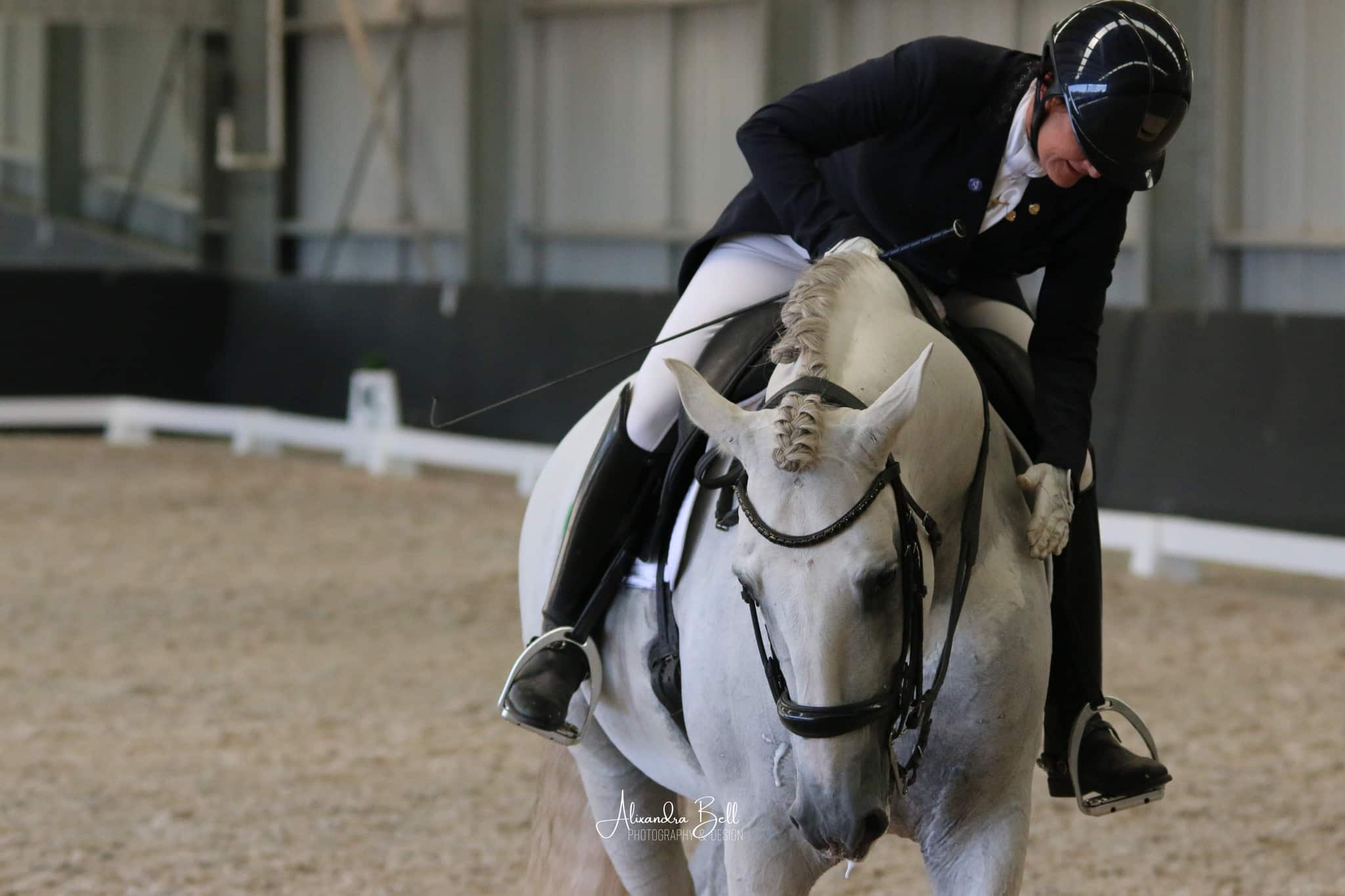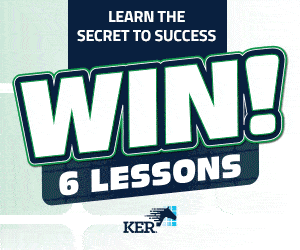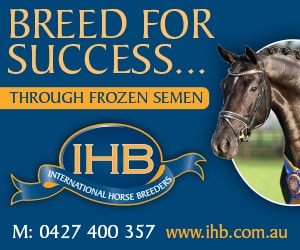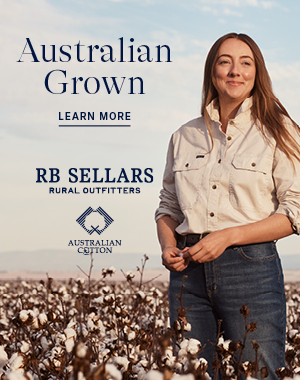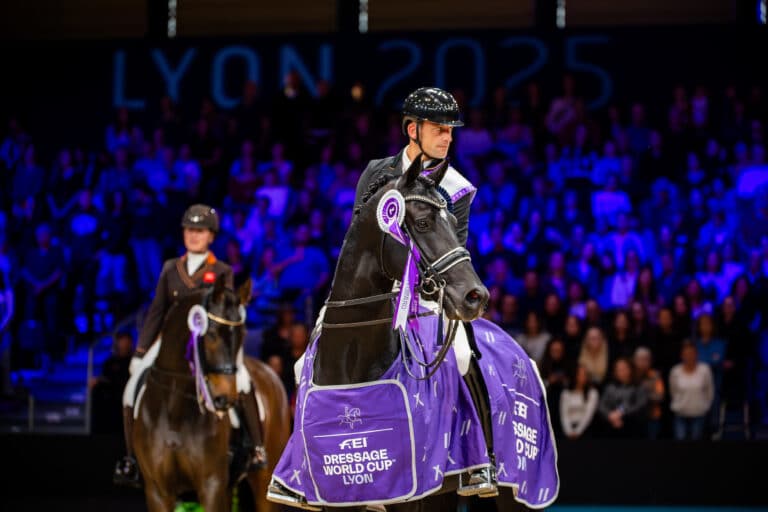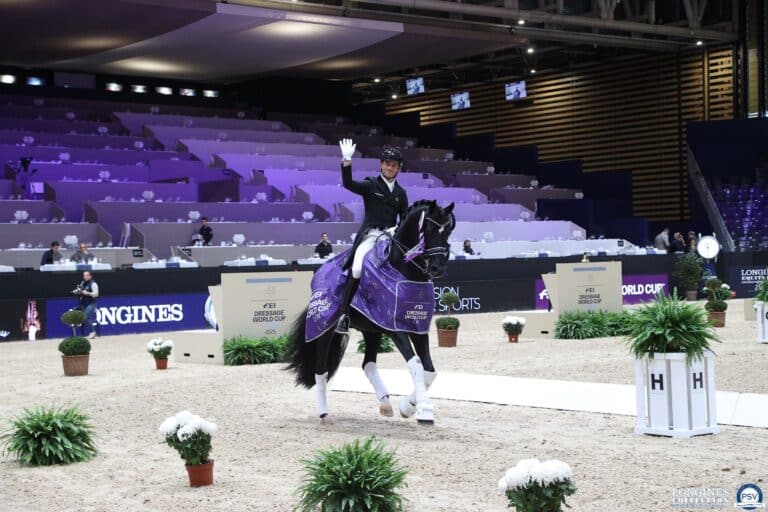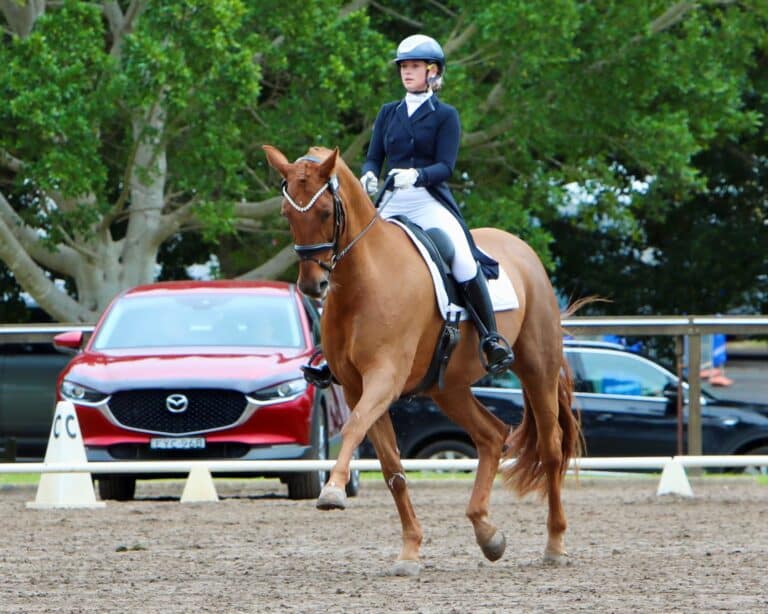Karen Horsell and her Lusitano stallion Guizo Da Ferraria were recently named the Equine Eye Big Tour Stars at the inaugural Dressage South Australia Celebration of Dressage, where they also received the Lindy Wright Memorial Foundation Award.
“The holy grail of the dressage journey for most is the Grand Prix test,” Karen says. “To me it is the test of a relationship between horse and rider, not the individual difficult movements or the ability to perform difficult gymnastic exercises one after the other. To me it is the willingness and graceful ability of a horse to put in the effort for the rider to show off his natural ability.”
Karen believes that the Grand Prix test itself is not the ultimate goal, but rather the connection it reflects. “The holy grail is the delicate/dynamic connection between horse and rider to perform – not the Grand Prix test itself.”
She’s quick to remind fellow riders that the journey is rarely straightforward. “The journey to Grand Prix is not a linear one but rather an eclectic gathering of experience from training many horses, listening to many coaches, finding a like-minded coach and staying with their system, making many mistakes, reflecting and establishing your own system of training.
“Celebrate the small milestones, as it is the small moments that add up to become the Grand Prix.”
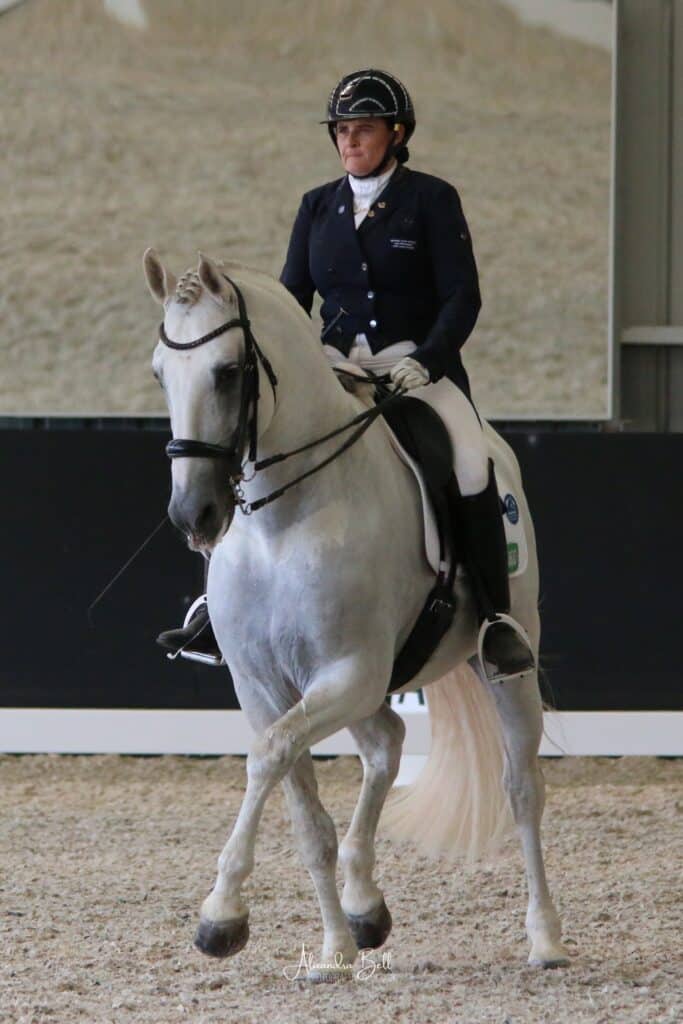
“Let the horse own the movement…”
Karen says each Grand Prix horse carries the imprint of all the horses that came before: “A Grand Prix horse is the product of all the horses that came before him on the rider’s journey.”
While the technical elements are essential, she sees them as only part of the bigger picture and urges riders to prioritise relationship over rote mechanics. “Take the time to build a relationship, pre-programed buttons only produce mechanical movement and lack harmony and true cadence.
“The impulsion, the collection, the amount of bend in the half-pass, the jump in the flying change are only ingredients. The true measure of success is the effort the horse puts in for the rider.”
She offers practical insights too: “Keep spark in the centreline. Don’t drill the halt at X, as one of the last greatest efforts needed in the Grand Prix test is the piaffe at X into passage.”
Karen is a firm believer in allowing the horse space to learn. “Allow the horse to make mistakes on the journey to Grand Prix. Avoid micromanaging his expression, let the horse own the movement and do movements on his own, then you will truly understand balance and lightness.”
That means honouring the individuality of each horse. “Let each individual horse have its own timeline. Avoid being rushed or self-centred, it takes time to develop strength and trust.”
One quote that has stayed with her encapsulates the essence of what it takes: “Every Grand Prix horse had a rider that believed in him along the way” – a sentiment shared by Brett Parbery and echoed by Karen as a guiding truth in her own career.
“Above all, enjoy the journey and respect that the horse is carrying the weight of the rider’s ambition – not his own.”
Karen credits her own path to Grand Prix with Guizo to all the horses she rode before him. She also acknowledges the influence of her coach, who introduced her to gymnastic exercises rooted in the traditions of the great French, German and Portuguese masters, and thanks the like-minded coaches who have guided and challenged her along the way.
Thank you to Dressage South Australia and Anne Raymond for helping to produce this article.
